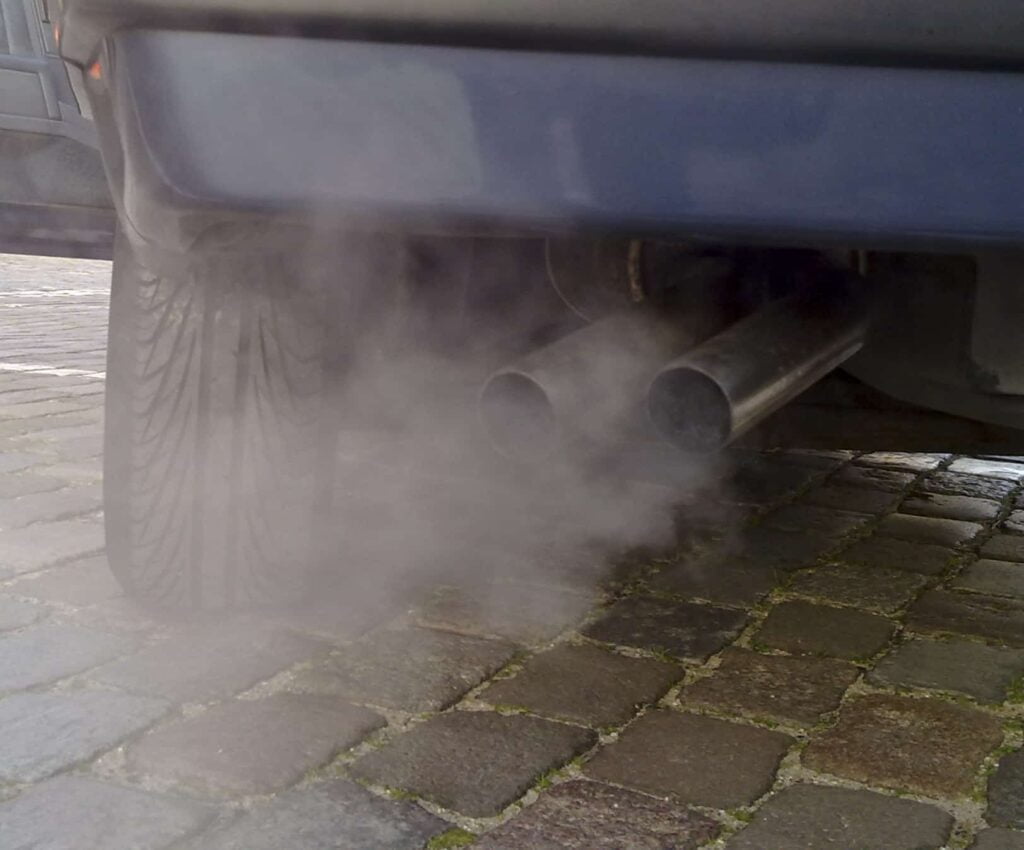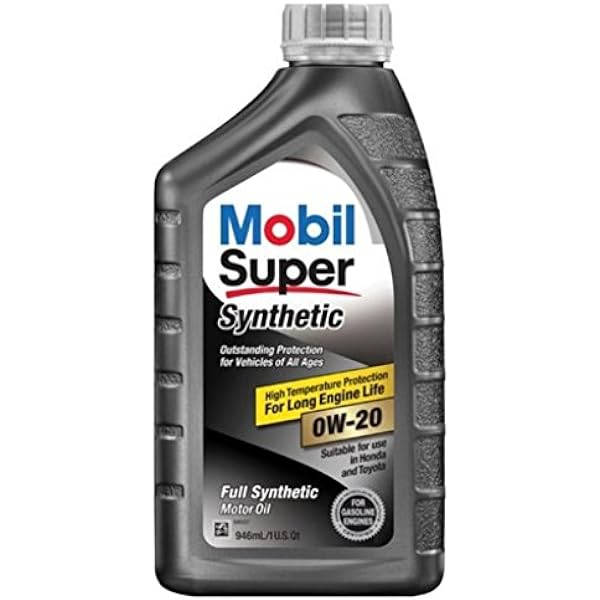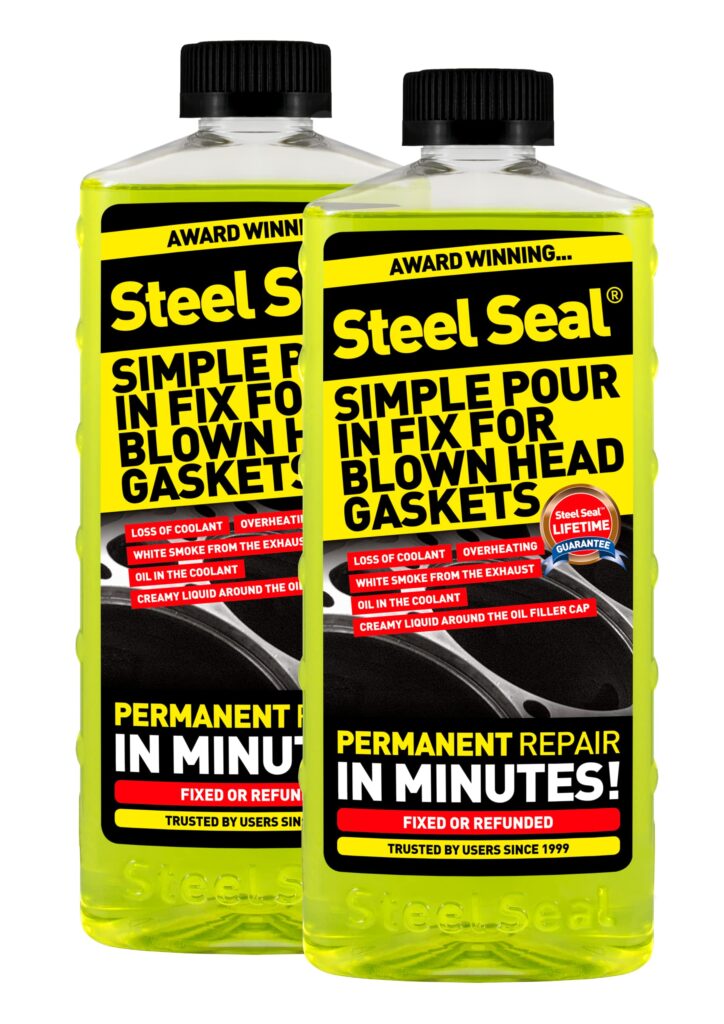Which Engine Lasts Longer Petrol Or Diesel: Uncover the Truth!
Diesel engines often last longer than petrol engines due to their robust construction and the lubricating properties of diesel fuel. Both diesel and petrol cars can have a similar lifespan if properly maintained, but diesel engines are known for their longevity. The durable design of diesel engines allows them to handle higher compression and heavier loads, making them more suitable for long-term use in various vehicles and equipment. In contrast, petrol engines, which rely on petrol as a detergent fuel, can wear out components more quickly. Overall, diesel engines tend to have a better reputation for lasting longer than petrol engines. Diesel Engines: Built Tougher For Longevity Diesel engines are built tougher and last longer than petrol engines, making them a more durable choice for passenger cars, trucks, and other vehicles. With their robust construction, diesel engines have a reputation for longevity and can have a similar lifespan to petrol engines if properly maintained. Diesel Engines: Built Tougher for Longevity Diesel engines are renowned for their durability and longevity, often outlasting their petrol counterparts. This is mainly due to their robust and rugged design, which allows them to handle higher compression. Let’s explore why diesel engines last longer and why they are built tougher for longevity. Diesel engines are designed to handle higher compression One of the key reasons why diesel engines last longer than petrol engines is their ability to handle higher compression. Unlike petrol engines, diesel engines rely on compression ignition instead of spark ignition. This means that diesel engines compress the air-fuel mixture to a much greater extent before igniting it, resulting in a more powerful and efficient combustion process. This higher compression ratio not only provides more power but also contributes to increased engine durability. The internal components of a diesel engine, such as the pistons and cylinders, are built to withstand this higher compression without experiencing excessive wear and tear. As a result, diesel engines can endure higher mileage and years of use without significant degradation in performance. Differences in design contribute to increased durability Alongside the ability to handle higher compression, diesel engines are also designed with durability in mind. Compared to petrol engines, diesel engines are generally built heavier and sturdier. The materials used in their construction, such as stronger cylinder heads and engine blocks, are chosen to withstand the rigors of high compression, intense heat, and prolonged operation. Moreover, diesel engines often feature an overhead valve design, which allows for better lubrication and reduced wear on critical engine components. This design choice enhances the longevity of the engine by ensuring optimal performance and minimizing the risk of premature failure. Diesel-powered equipment also benefits from this longevity Not only are diesel engines found in passenger cars and trucks, but they are also extensively used in various equipment and machinery, from generators to industrial machinery. This is because diesel engines’ longevity makes them ideal for continuous and heavy-duty operation. The ability to run for extended periods without excessive wear or breakdowns makes diesel-powered equipment reliable and cost-effective in the long run. In summary, diesel engines are built tougher for longevity. Their ability to handle higher compression and their durable design contribute to their extended lifespan compared to petrol engines. Whether it be in passenger cars, trucks, or diesel-powered equipment, diesel engines provide durable and reliable performance, making them a popular choice for those seeking longevity and dependability. The Fuel Factor: Diesel’s Advantage Which Engine Lasts Longer Petrol Or Diesel Diesel engines often have a longer lifespan compared to petrol engines. One of the factors contributing to this advantage is the type of fuel used. Diesel fuel is a type of distillate fuel, which is essentially a refined form of crude oil. It has a higher energy density than petrol, meaning it contains more energy per unit volume. This higher energy density allows diesel engines to generate more power and torque, which puts less stress on the engine components and contributes to their longevity. When comparing the fuel compositions of petrol and diesel, it becomes apparent that diesel fuel offers certain advantages in terms of engine durability. Diesel fuel contains additives that improve lubrication, reducing friction between moving parts. The improved lubrication helps to minimize wear and tear on the engine components, extending their lifespan. Additionally, diesel fuel’s properties make it less volatile than petrol, reducing the risk of engine knocking and pre-ignition, which can cause damage to internal engine parts. Moreover, diesel engines operate at a higher compression ratio compared to petrol engines. The higher compression ratio leads to more efficient combustion, which in turn reduces stress on the engine and increases its durability. The stronger construction of diesel engines, including heavier engine blocks and stronger internal components, allows them to handle the higher compression and the greater forces generated during combustion. Overall, the fuel factor plays a significant role in the longer lifespan of diesel engines. Diesel fuel’s higher energy density, improved lubrication, and reduced volatility contribute to the overall durability of diesel engines, making them a preferred choice for those seeking long-lasting and reliable vehicles. Maintenance: Minimal And Reliable Diesel engines have a reputation for lasting longer than petrol engines due to their robust construction and the use of diesel fuel, which provides reliable operation and minimal required maintenance. Both types of engines can have a similar lifespan if properly maintained. Diesel Engines Require Less Maintenance Compared To Petrol Engines Diesel engines are known for their low-maintenance requirements, making them a reliable choice for longevity. Unlike petrol engines, diesel engines have fewer moving parts and do not rely on spark plugs for ignition. This means there are fewer components that require regular attention and replacement. Additionally, diesel engines have a simpler fuel injection system, which is less prone to issues compared to the complex ignition systems found in petrol engines. With fewer components to maintain, diesel engines offer a hassle-free ownership experience. Reliable Operation And Minimal Maintenance Contribute To Longevity The reliability of diesel engines goes hand in hand with their
Which Engine Lasts Longer Petrol Or Diesel: Uncover the Truth! Read More »






